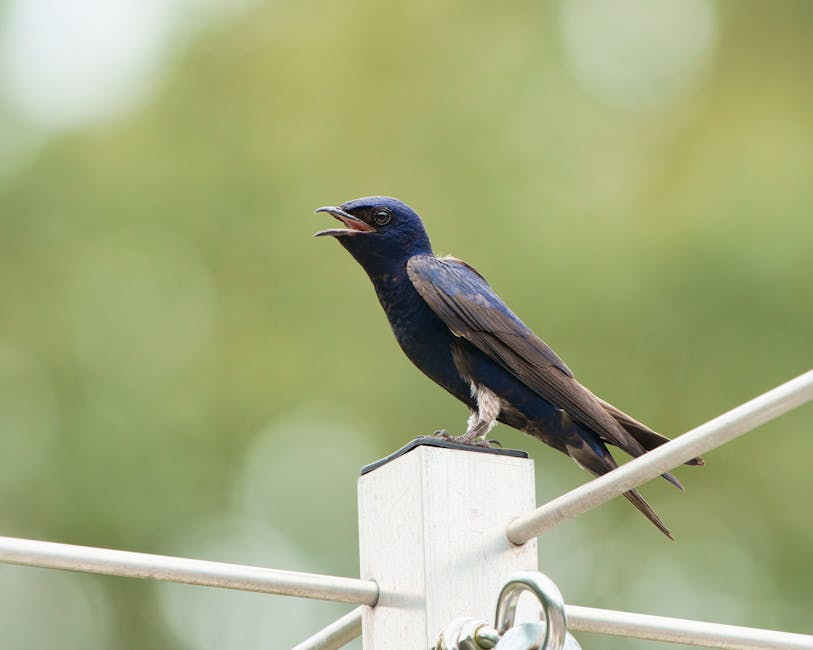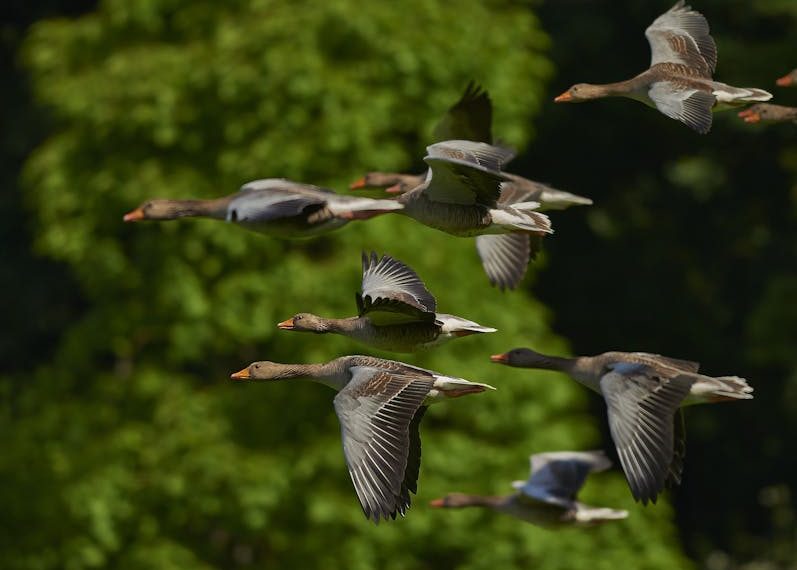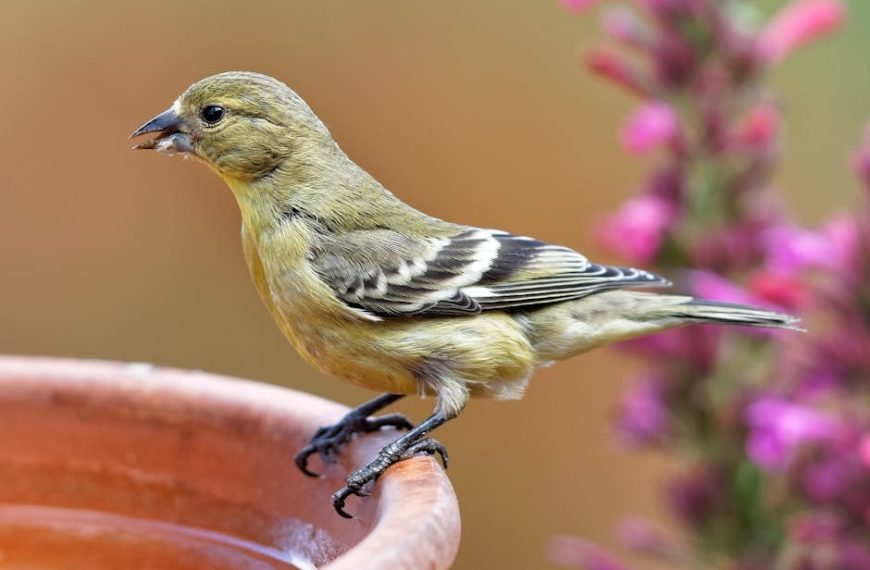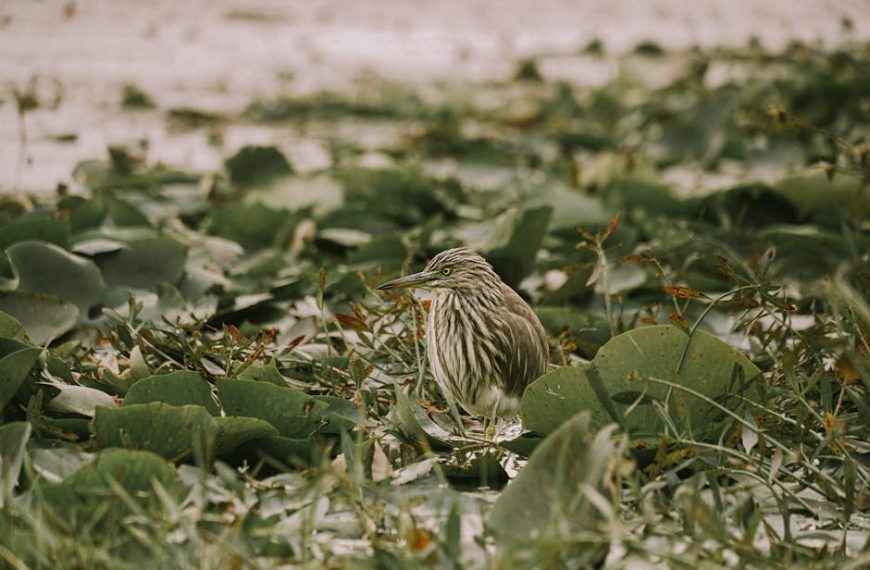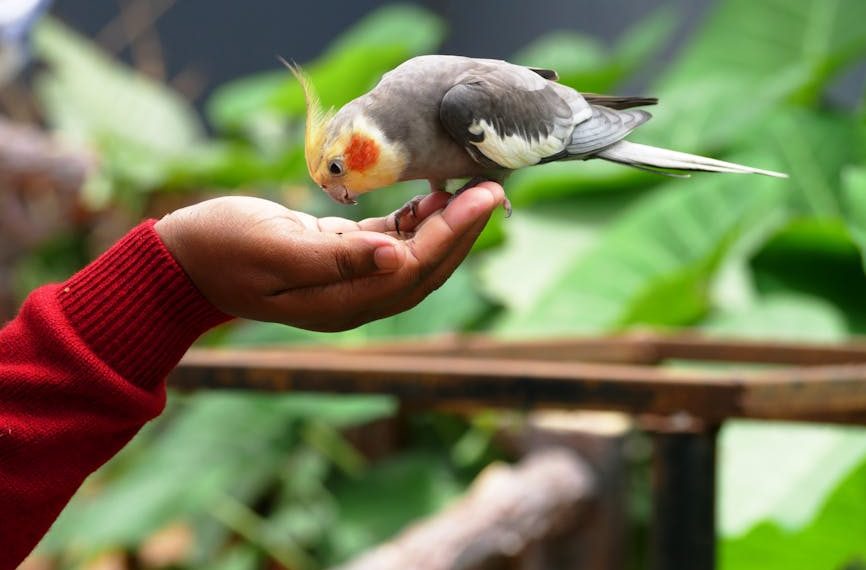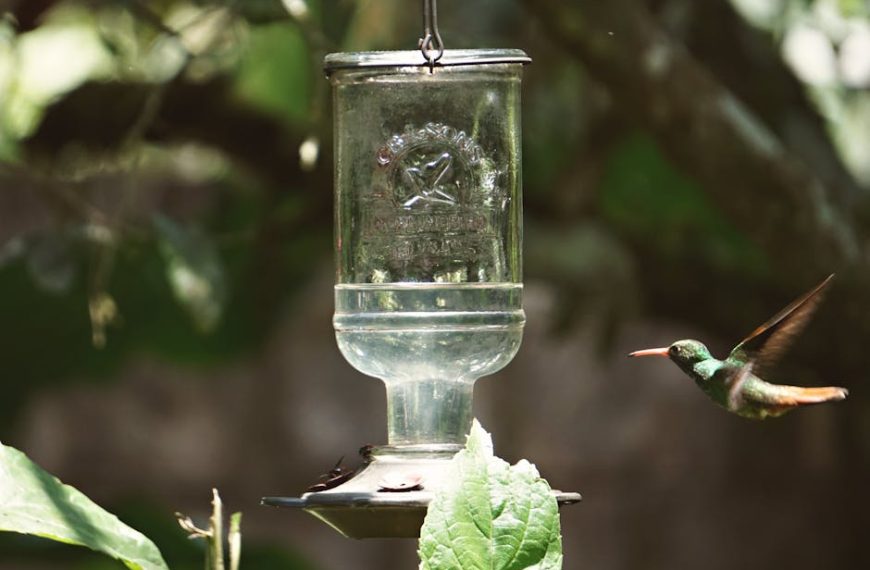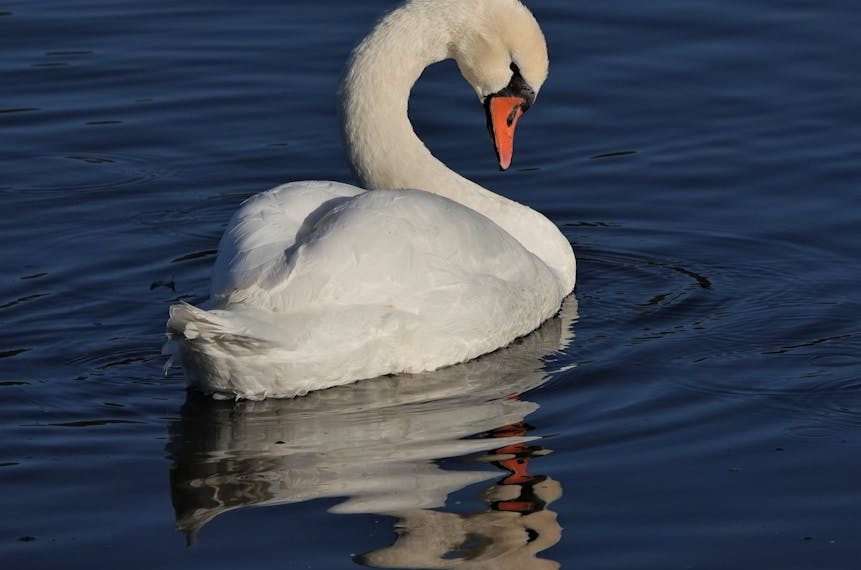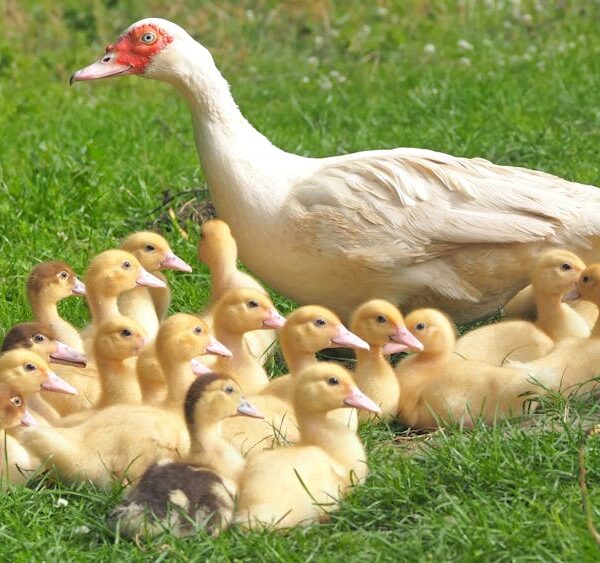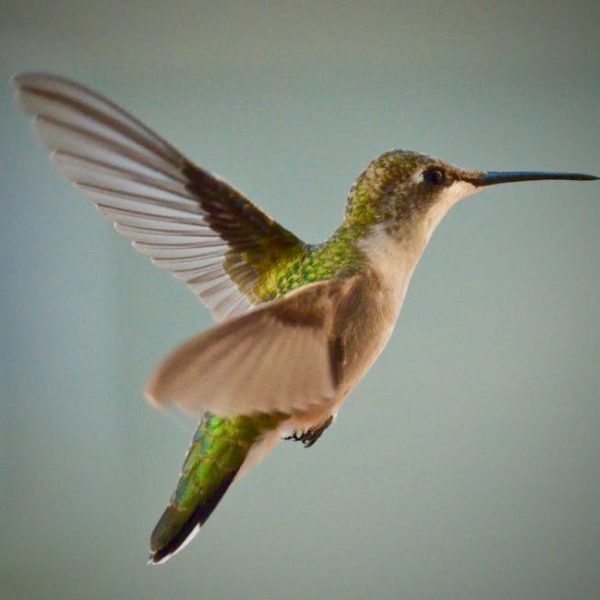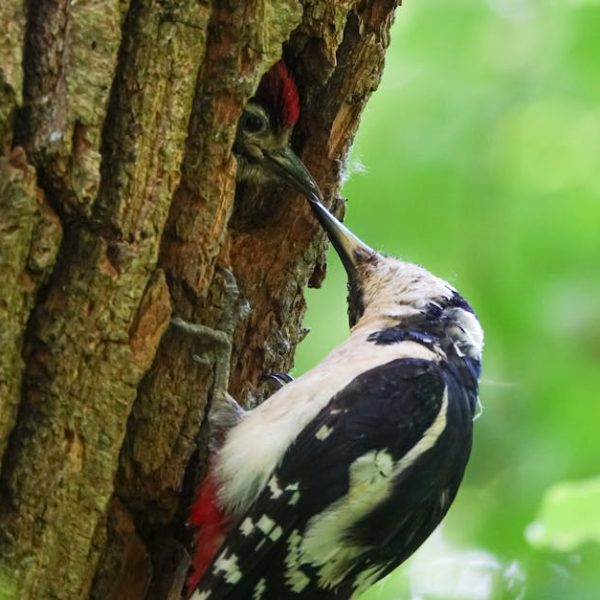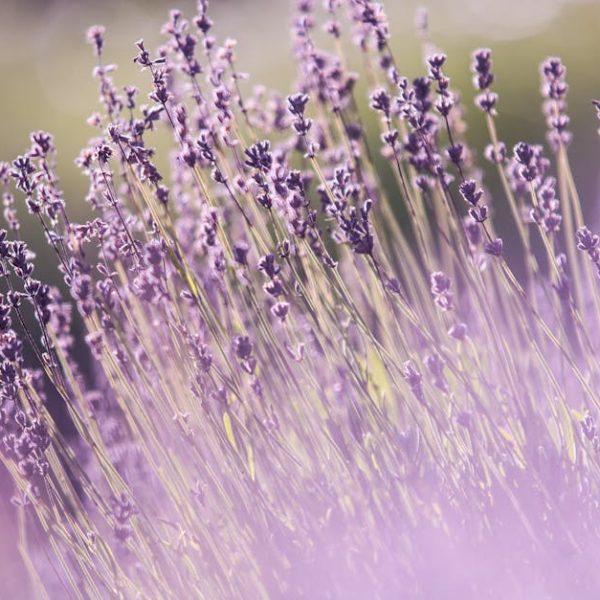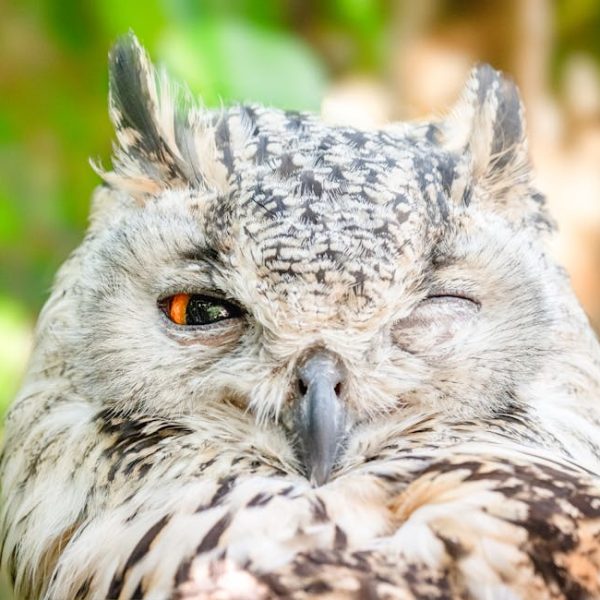Trimming your bird’s nails regularly is not merely a grooming routine dance, it is a crucial step towards maintaining their overall health and comfort. Overgrown and sharp nails can cause a variety of issues:
- Mobility Difficulties: Long nails can interfere with your bird’s ability to perch, leading to balance problems.
- Injuries: Sharp nails can lead to accidental scratches and self-inflicted wounds.
- Furniture Damage: Longer nails, can also lead to shredded furniture and curtains.
- Accidental Overgrowth: Maintaining a regular trimming schedule prevents the accidental overgrowth of the nails that could cause foot deformities.
Selecting the Right Tools for Bird Nail Clipping
The key to a successful nail-trimming session is using the right tool. Nail clippers, files, and Dremels are commonly used. Consider your bird’s size and type to determine the most suitable tool.
- Choose clippers with a built-in safety stop to prevent over-clipping.
- If you have a small bird, use a human nail clipper. For large birds, opt for dog nail clippers.
- Dremels or sandpaper perches can be used for small touch-ups or minor trims.
- The tool should have a comfortable handle that provides a secure grip.
Preparing Your Bird for Nail Clipping
Preparation is key to making your bird comfortable during the nail trimming process. Gradual desensitization to touch, positive reinforcement, and a calming environment can go a long way in soothing your pet.
- Start with brief touch sessions, gradually focusing on the bird’s feet.
- Pair the touch sessions with treats to associate the experience positively.
- Practice holding the clipping tool near your bird without using it.
- Create a calm environment by reducing noise and distractions prior to clipping.
Step-By-Step Procedure for Clipping Your Bird’s Nails
Trimming your bird’s nails can be a daunting task, especially if it’s your first time doing it. Don’t worry; I’ve got you covered. Here’s a detailed step-by-step guide:
- Have all your tools ready, including your chosen trimmer, treats, and styptic powder.
- Secure your bird safely without restricting its breathing. You might need a friend or family member to hold your bird.
- Locate the quick in the nail, which is the sensitive part you should avoid cutting. For pet birds with light-colored nails, the quick is the pink part within the nail.
- If you can’t see the quick, start by trimming small bits from the nail tip.
- Don’t rush. Start with one foot and provide treats as a reward after each nail trim.
- If the nail bleeds, don’t panic. Apply styptic powder immediately.
| Strategy | Pros | Cons |
|---|---|---|
| Cutting | Fast and easy | Potential risk of over-cutting, especially for birds with dark nails |
| Grinding | Precise and lower risk of cutting into the quick | Can be scary for the bird due to its noise |
Post-Care and Monitoring After Nail Clipping
Once you have successfully trimmed your bird’s nails, it’s essential to keep a close eye on them. Knowing what to look for can help you identify if they’re uncomfortable or experiencing complications.
- Continuous bleeding from a cut nail
- Unusual limping or discomfort in movement
- Changes in your bird’s behavior, i.e., it’s become quieter or less active
- Reluctance to perch due to pain
Key Takeaway:
- Regular nail trimming is critical for maintaining your pet bird’s health and comfort, preventing mobility issues, injuries, and overgrown nails.
- Choosing the right clipping tool is crucial, to ensure safety and effectiveness. Bird-friendly tools, designed considering the delicate structures of bird nails, are recommended.
- Preparing your bird gradually, with gradual touch introduction and creating a calming environment, can make the clipping process less stressful for the bird.
- A step-by-step procedure ensures the bird’s nails are safely trimmed, and having styptic powder at hand can mitigate any accidental over-clipping.
- Post-clipping monitoring is essential to spot any signs of distress or injury in your bird, allowing you to contact a vet promptly if needed.
Remember, the well-being of your feathered companion is essential. By understanding their needs and providing them with the necessary care, we ensure they lead comfortable and happy lives. As must as nail clipping can seem daunting, with the right approach and preparation, it can be done safely and effectively.
FAQs
Q: How frequently should I trim my bird’s nails?
A: The frequency of nail trimming can depend on your bird’s species and activities. Generally, you may need to trim their nails every two to three months, but it’s best to consult a vet for specific advice.
Q: Is it necessary to use bird-specific clippers?
A: While bird-specific clippers are recommended for their design according to the bird’s delicate nail structure, human nail clippers or dog nail clippers can be used for small and larger birds respectively if no bird-specific clippers are available.
Q: What should I do if my bird is overly stressed during the nail clipping process?
A: It’s important to keep your bird calm during the process. If your bird is overly stressed, stop the process and try again later. You can also consult a vet or a professional groomer to handle the nail trimming.
Q: Can any form of desensitization be harmful to the bird?
A: When done gradually and respectfully, desensitization can help your bird get comfortable with the nail trimming process. However, forcing your bird or causing any discomfort can lead to further stress and fear.
Q: Is regular nail trimming sufficient for maintaining my bird’s foot health?
A: Regular nail trimming is a crucial part of maintaining your bird’s foot health. However, it should be accompanied by other measures such as providing adequate perching options and ensuring your bird’s overall health and diet.
Please don’t hesitate to share this article with others who can benefit from it. Be sure to explore other posts on our website to learn more about bird care.
